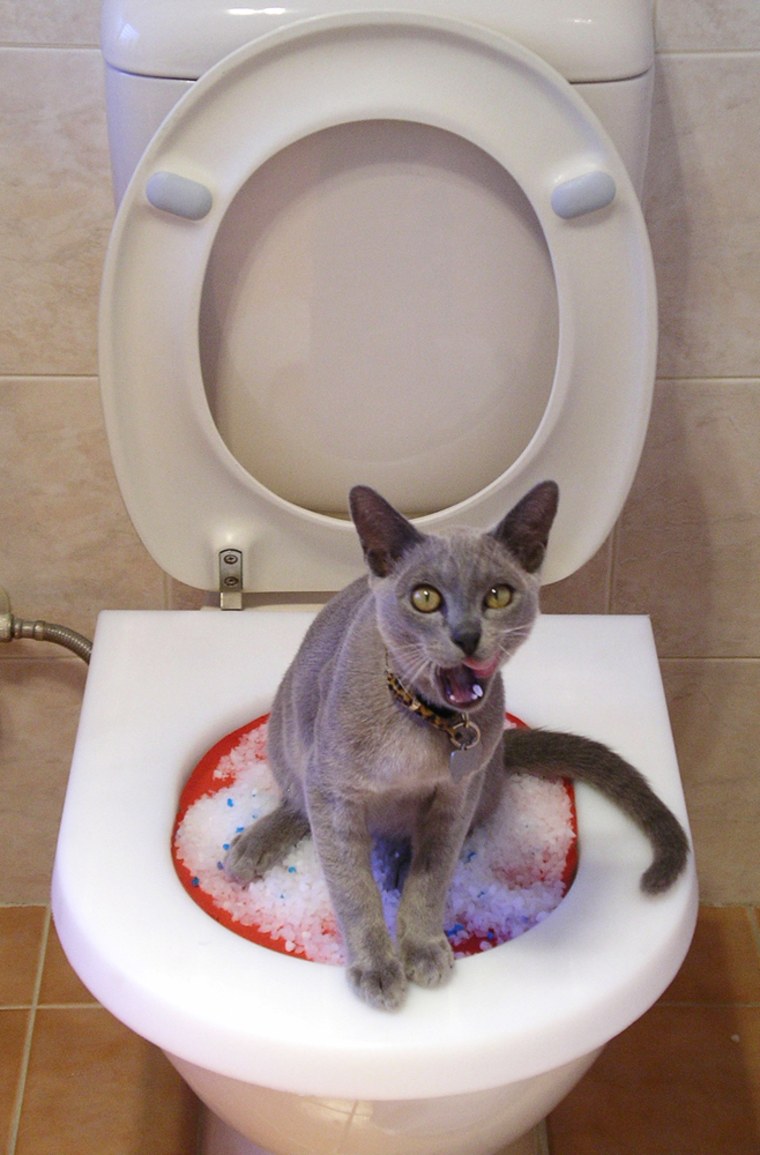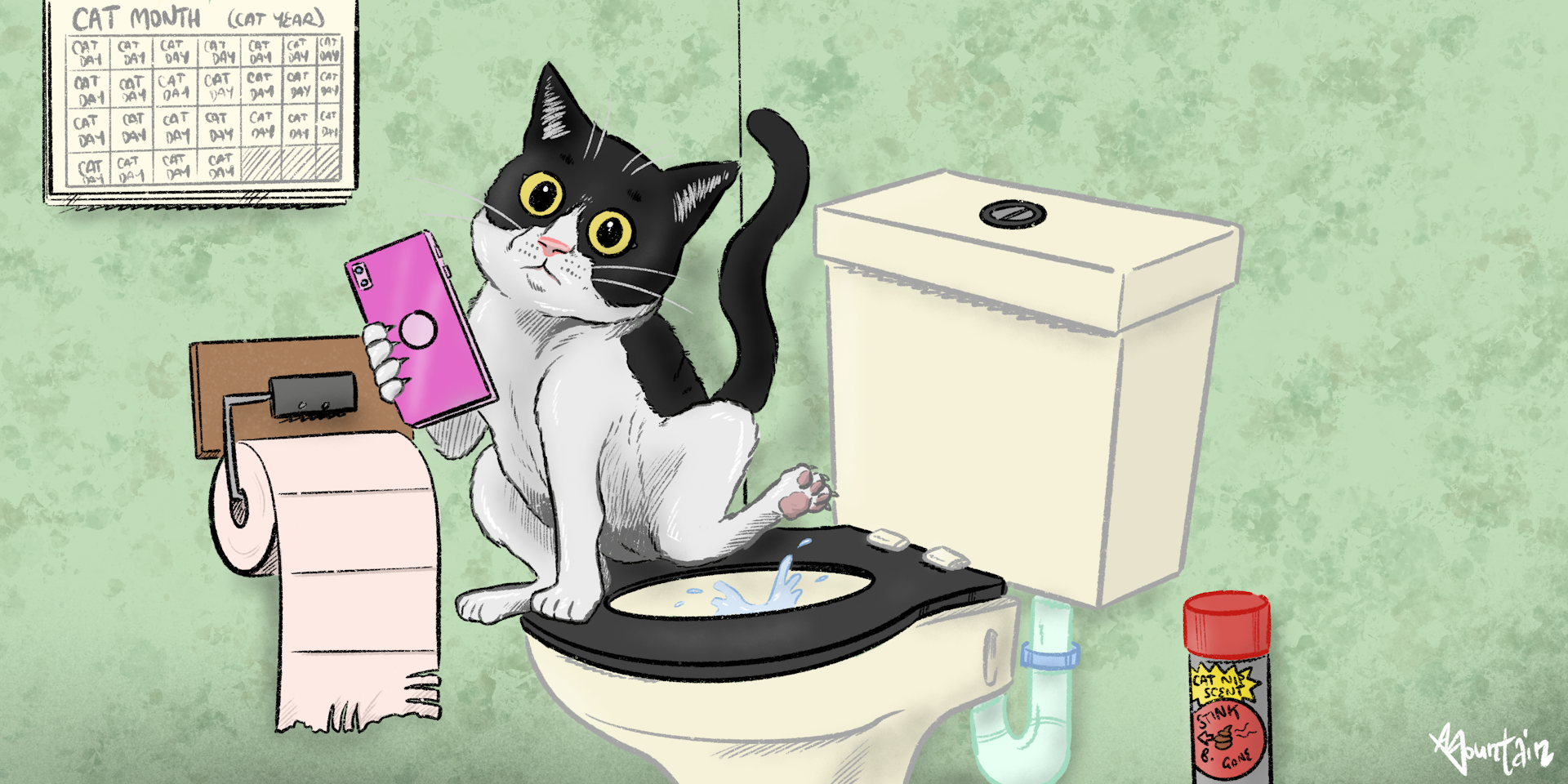Reasons Flushing Cat Poop Down Your Toilet May Cause Problems - Recommendations for Safe Disposal
Reasons Flushing Cat Poop Down Your Toilet May Cause Problems - Recommendations for Safe Disposal
Blog Article
Have you been on the lookout for details about Don’t flush cat feces down the toilet?

Introduction
As cat proprietors, it's important to bear in mind how we take care of our feline pals' waste. While it may seem practical to flush pet cat poop down the bathroom, this practice can have damaging repercussions for both the atmosphere and human wellness.
Ecological Impact
Flushing pet cat poop presents damaging pathogens and bloodsuckers into the supply of water, positioning a significant threat to water communities. These pollutants can adversely influence aquatic life and compromise water top quality.
Health and wellness Risks
Along with ecological worries, flushing pet cat waste can likewise posture health risks to humans. Cat feces may include Toxoplasma gondii, a parasite that can trigger toxoplasmosis-- a possibly serious health problem, particularly for expecting females and individuals with damaged body immune systems.
Alternatives to Flushing
The good news is, there are safer and extra responsible methods to throw away cat poop. Take into consideration the complying with alternatives:
1. Scoop and Dispose in Trash
One of the most typical technique of taking care of feline poop is to scoop it right into a naturally degradable bag and toss it in the garbage. Make sure to use a dedicated litter inside story and get rid of the waste quickly.
2. Usage Biodegradable Litter
Choose eco-friendly feline trash made from materials such as corn or wheat. These litters are eco-friendly and can be safely disposed of in the trash.
3. Hide in the Yard
If you have a yard, think about hiding cat waste in an assigned location far from veggie yards and water resources. Make certain to dig deep enough to prevent contamination of groundwater.
4. Install a Pet Waste Disposal System
Invest in a pet waste disposal system specifically developed for feline waste. These systems use enzymes to break down the waste, decreasing smell and ecological effect.
Conclusion
Accountable pet ownership expands beyond supplying food and sanctuary-- it additionally includes correct waste management. By avoiding flushing feline poop down the commode and going with different disposal techniques, we can reduce our environmental footprint and protect human health.
Why Can’t I Flush Cat Poop?
It Spreads a Parasite
Cats are frequently infected with a parasite called toxoplasma gondii. The parasite causes an infection called toxoplasmosis. It is usually harmless to cats. The parasite only uses cat poop as a host for its eggs. Otherwise, the cat’s immune system usually keeps the infection at low enough levels to maintain its own health. But it does not stop the develop of eggs. These eggs are tiny and surprisingly tough. They may survive for a year before they begin to grow. But that’s the problem.
Our wastewater system is not designed to deal with toxoplasmosis eggs. Instead, most eggs will flush from your toilet into sewers and wastewater management plants. After the sewage is treated for many other harmful things in it, it is typically released into local rivers, lakes, or oceans. Here, the toxoplasmosis eggs can find new hosts, including starfish, crabs, otters, and many other wildlife. For many, this is a significant risk to their health. Toxoplasmosis can also end up infecting water sources that are important for agriculture, which means our deer, pigs, and sheep can get infected too.
Is There Risk to Humans?
There can be a risk to human life from flushing cat poop down the toilet. If you do so, the parasites from your cat’s poop can end up in shellfish, game animals, or livestock. If this meat is then served raw or undercooked, the people who eat it can get sick.
In fact, according to the CDC, 40 million people in the United States are infected with toxoplasma gondii. They get it from exposure to infected seafood, or from some kind of cat poop contamination, like drinking from a stream that is contaminated or touching anything that has come into contact with cat poop. That includes just cleaning a cat litter box.
Most people who get infected with these parasites will not develop any symptoms. However, for pregnant women or for those with compromised immune systems, the parasite can cause severe health problems.
How to Handle Cat Poop
The best way to handle cat poop is actually to clean the box more often. The eggs that the parasite sheds will not become active until one to five days after the cat poops. That means that if you clean daily, you’re much less likely to come into direct contact with infectious eggs.
That said, always dispose of cat poop in the garbage and not down the toilet. Wash your hands before and after you clean the litter box, and bring the bag of poop right outside to your garbage bins.
https://trenchlesssolutionsusa.com/why-cant-i-flush-cat-poop/

We were brought to that editorial on Can You Flush Cat Poo or Litter Down the Toilet? through a good friend on our other blog. Are you aware of somebody else who is truly interested in the topic? Take a moment to promote it. Kudos for your time. Come back soon.
View More Report this page